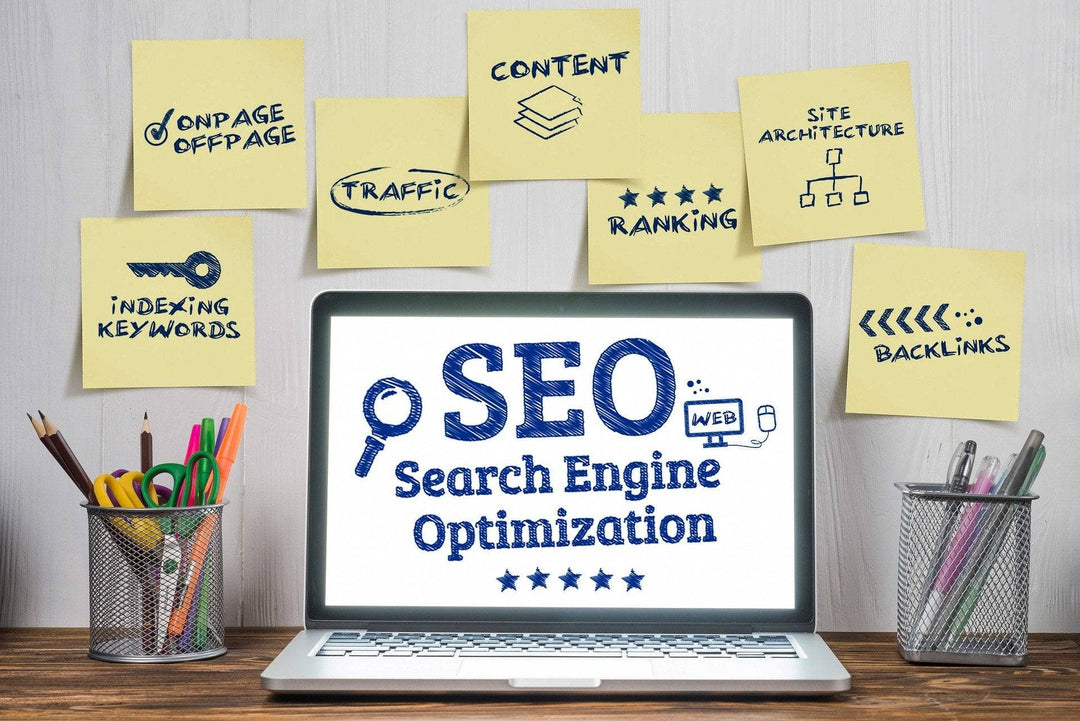Overview
Analytics are crucial for optimizing your Shopify store's performance. Set up Google Analytics to track traffic sources, user behavior, and conversion rates. Utilize Shopify’s built-in tools and AI-enhanced features for personalized recommendations and predictive analytics. Regularly test and analyze marketing strategies, engage with customer feedback, and adapt based on insights to boost sales and enhance user experience.
Frequently Asked Questions
1. Why is analytics important for my Shopify store?
2. How do I set up Google Analytics for my Shopify store?
3. What key metrics should I track for my Shopify store?
4. What tools does Shopify provide for analytics?
5. How can AI tools enhance my Shopify store's performance?
In the competitive world of e-commerce, understanding the performance of your Shopify store is crucial for achieving sustainable growth. With the right analytics tools and insights, you can harness powerful Shopify marketing strategies to reach your target audience effectively and enhance user experience. This article will delve deep into how to track your Shopify store's performance, providing you with actionable insights for leveraging data to boost your business.
Importance of Analytics for Your Shopify Store
Before we jump into the nitty-gritty of tracking performance, let’s discuss why analytics are essential for your Shopify store. Using analytics, you can:
- Identify successful Shopify marketing strategies
- Monitor user behavior
- Optimize conversion rates
- Enhance customer satisfaction
- Make data-driven decisions
When you track and analyze your store’s performance, it transforms raw data into insights that help you improve marketing efficiency and customer engagement.
Setting Up Google Analytics for Your Shopify Store
To start tracking your store's performance, the first step is to set up Google Analytics. This powerful tool provides invaluable insights into visitor behavior, traffic sources, and conversion tracking. Here’s how to set it up:
Step 1: Create a Google Analytics Account
Go to the Google Analytics website and create a free account. Once you're signed up, you'll need to add your Shopify store as a property to track its performance.
Step 2: Set Up Google Analytics in Shopify
After creating your account, copy the tracking ID provided by Google Analytics. Follow these easy steps to integrate it into your Shopify store:
- Log in to your Shopify admin dashboard.
- Navigate to Online Store > Preferences.
- Scroll down to the Google Analytics section.
- Paste your tracking ID into the provided field.
- Click Save.
Once set up, give Google Analytics some time to gather data before diving into your reports.
Key Metrics to Track for Your Shopify Store
With Google Analytics integrated, it’s time to explore the key metrics you should monitor to measure your store’s performance.
Traffic Sources
Understanding where your traffic comes from helps you identify which of your Shopify marketing strategies are most effective. Check for:
- Direct Traffic
- Organic Search Traffic
- Referral Traffic
- Social Media Traffic
This information can guide you to invest in channels that provide the best returns and optimize weaker performing areas.
User Behavior
Tracking user behavior on your Shopify store can help you understand how visitors interact with your content. Key metrics to consider include:
- Bounce Rate
- Pages per Session
- Average Session Duration
A high bounce rate may indicate that visitors are not finding what they're looking for or that your landing pages lack engagement. Focus on optimizing those areas to improve overall user experience.
Conversion Rate
Your conversion rate is one of the most critical metrics for any online store. This percentage indicates how many visitors complete a desired action, such as making a purchase or signing up for a newsletter. Monitor:
- The overall conversion rate
- Conversion rates by traffic source
- Cart abandonment rates
Improving your conversion rate is key to generating more revenue without necessarily increasing traffic.
Utilizing Shopify’s Built-In Analytics Tools
In addition to Google Analytics, Shopify provides its own suite of analytics tools that can enhance your understanding of store performance.
Shopify Analytics Dashboard
Your Shopify admin features a user-friendly analytics dashboard that presents essential metrics at a glance. Here, you can view:
- Sales Overview
- Sales by Product
- Sales by Traffic Source
- Customer Insights
This dashboard offers a comprehensive view of your store's performance, allowing you to analyze sales patterns quickly.

Shopify Reports
Shopify provides basic reporting options that help you delve deeper into your analytics. By examining reports on:
- Visitor Behavior
- Product Performance
- Customer Profiles
you can understand what drives sales and what areas might require improvement.
Enhancing Performance with AI-Enhanced Tools
The advent of AI technologies in e-commerce is revolutionizing the way merchants approach analytics. Implementing an AI-enhanced product discovery platform can streamline the process of tracking performance.
Personalized Recommendations
AI tools can help analyze customer behavior and preferences, allowing you to provide personalized product recommendations. This leads to higher engagement and increased sales, making your Shopify store more competitive.
Predictive Analytics
Utilize predictive analytics to forecast future trends and customer behavior. This includes:
- Customer Retention Probability
- Life Time Value Prediction
- Churn Rate Analysis
By leveraging AI, you ensure that you’re always one step ahead, allowing you to make effective business decisions based on data-driven insights.
A/B Testing for Optimizing Performance
A/B testing is a method for comparing two versions of a webpage or marketing asset to determine which one performs better. Implementing A/B testing on your Shopify store can aid in optimizing:
- Landing Pages
- Email Campaigns
- Ad Creatives
By continually testing and analyzing different elements, you refine your store’s performance continuously.
Using Social Media and Influencer Analytics
Social media plays a significant role in driving traffic to your Shopify store. By tracking analytics from social platforms, you can craft better Shopify marketing strategies.
Engagement Metrics
Monitor metrics like:
- Likes and Shares
- Comments and Mentions
- Follower Growth Rate
By understanding how users interact with your content on social media, you can optimize your posts and engage more effectively with your audience.
Influencer Collaborations
If you work with influencers, track the success of your collaborations. Key metrics include:
- Follower Conversion Rate
- Referral Traffic from Influencer Posts
- Sales Generated through Promo Codes
Using these insights, you can determine the value of your influencer partnerships and make data-informed decisions about future collaborations.
Continuously Improving with Customer Feedback
Lastly, never underestimate the power of customer feedback. Collecting data from customer reviews and surveys can provide you with invaluable insights into how to improve your products and services.
Implementing Feedback Loops
Set up regular channels for receiving customer feedback, such as:
- Post-Purchase Surveys
- Website Feedback Forms
- Email Follow-ups
By analyzing customer feedback, you can make adjustments that align with your audience's wants and needs.
Unlock Your Shopify Store's Potential with Analytics
Understanding and tracking your Shopify store's performance is not just an analytical task; it is an ongoing journey toward optimization and growth. By leveraging tools like Google Analytics, Shopify's built-in features, and AI-enhanced product discovery platforms, you can enhance your Shopify marketing strategies significantly.
As you implement these strategies, remember the importance of maintaining flexibility and adapting to changing market dynamics. With commitment and a focus on data, you are well on your way to maximizing your Shopify storefront's success!
Linked Product

Shopify Digital Marketing Workshop / 2-day Intensive Class
The Shopify Digital Marketing Workshop is a two-day intensive class designed to enhance your e-commerce skills. Participants will learn essential digital marketing strategies, including SEO, Google Ads optimization, and email marketing automation, which can help improve store visibility and drive traffic. This workshop is suitable for Shopify store owners, e-commerce marketers, and entrepreneurs looking to launch their online businesses.
View Product





Leave a comment